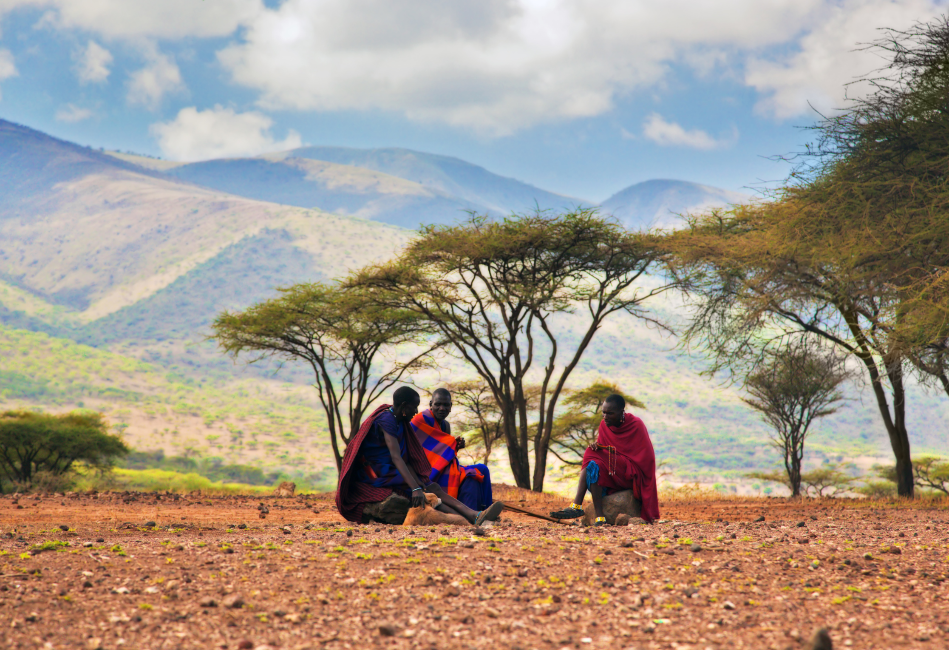Planning a Visit to the Maasai? Here’s What You Need to Know!
If you’re traveling to Kenya or Tanzania and want to experience the rich heritage of one of Africa’s most iconic tribes, a visit to the Maasai community is a must. Known for their striking red shukas, intricate beadwork, and deep-rooted customs, the Maasai have preserved their traditions despite modernization. However, before stepping into a Maasai village, it’s essential to understand their culture and etiquette to ensure a meaningful and respectful experience.
Here’s your ultimate guide to visiting the Maasai while being mindful of their customs and traditions.
1. Who Are the Maasai?
The Maasai are a semi-nomadic ethnic group primarily living in Kenya and Tanzania. They are renowned for their warrior traditions, cattle herding, and unique cultural identity. Unlike many other African communities, the Maasai have resisted full Westernization, maintaining their customs despite modern influences.
Cattle play a central role in Maasai society, symbolizing wealth, status, and economic stability. Marriages, spiritual beliefs, and social standings are all closely linked to the number of cattle one owns.
2. Approach the Culture with Curiosity and Respect
Hollywood often portrays the Maasai in a simplistic manner—jumping warriors, spear-wielding hunters, and ancient customs. While traditions remain an integral part of their identity, many Maasai individuals are educated and involved in business ventures.
When visiting, show genuine interest by asking thoughtful questions about their way of life, traditions, and how they balance modernity with heritage. Engage with their beadwork, storytelling, and ceremonies beyond mere photo opportunities. Listening with an open mind fosters mutual respect and enriches your experience.
3. Dress Modestly and Respectfully
The Maasai’s signature style includes vibrant red shukas, elaborate beadwork, and leather sandals. While visitors are not expected to dress in full Maasai attire, modest clothing is encouraged. Women should cover their shoulders and knees as a sign of respect.
Pro tip: Wearing red is a great way to show appreciation, as it symbolizes bravery and strength in Maasai culture.
4. Learn Basic Maasai Greetings
A simple greeting in Maa (the Maasai language) can make a great impression. Here are a few essential phrases:
-
Supa – Hello / How are you?
-
Pa – I am fine
-
Sii Sii – Please
-
Ashe oleng – Thank you very much
-
Sidai – Good
-
Enkarre – Water
Even if your pronunciation isn’t perfect, making an effort will put a smile on their faces and create a more meaningful interaction.
5. Always Ask Before Taking Photos
In today’s social media-driven world, it’s tempting to capture every moment. However, the Maasai are not tourist attractions, and their culture deserves respect. Always ask for permission before taking photos and be mindful of their space. Avoid interrupting them during storytelling or cultural demonstrations.
6. The Maasai Jumping Dance (Adumu) Has Deep Meaning
The famous Maasai jumping dance (Adumu) isn’t just a performance for tourists—it’s an essential part of the coming-of-age ceremony for young Maasai men. If you’re invited to watch or participate, do so with respect.
Fun fact: Those high jumps require serious leg strength! If you decide to join in, be prepared for sore calves the next day.
7. Be Open to Trying Traditional Maasai Cuisine
While many villages offer familiar meals for tourists, you may have the opportunity to try authentic Maasai food. Their diet mainly consists of milk, meat, and sometimes cattle blood mixed with milk for nourishment. If that’s not your preference, you can still enjoy local delicacies like roasted goat or fresh honey.
8. Support the Community Ethically
Many Maasai villages depend on tourism for income. Purchasing authentic, handmade beadwork and carvings is a great way to support them. Avoid mass-produced souvenirs and prioritize fair trade items that directly benefit the community.
9. Understand That Not All Maasai Are the Same
The Maasai community is diverse. Some members still live traditionally in rural villages, while others have embraced urban life and modern careers. Not every Maasai person you meet will follow the same customs—some may be doctors, lawyers, or social media influencers.
Visiting a Maasai village provides a rare opportunity to see firsthand how traditions are maintained in an evolving world. Witnessing daily activities, such as cattle herding and beadwork, offers deeper insight into their way of life. Many villages use tourism as a way to sustain their cultural practices while adapting to modernization.
10. Immerse Yourself with an Open Heart
A visit to a Maasai community is more than just a travel experience—it’s an opportunity to connect with one of Africa’s most fascinating cultures. Whether you’re learning a traditional dance, listening to folktales, or simply admiring the breathtaking landscapes of Maasailand, embrace every moment with respect and curiosity.
Final Thoughts
Every Maasai village offers a unique experience. Some are well accustomed to visitors, while others remain remote and less explored. By approaching your visit with an open mind and cultural sensitivity, you ensure a meaningful, ethical, and unforgettable adventure.
Respect their traditions, engage authentically, and leave with not just memories but also a deep appreciation for a culture that has stood the test of time.
Are you planning to go go on an African Safari
Check out our tour packages :
https://www.goafricatour.com/




